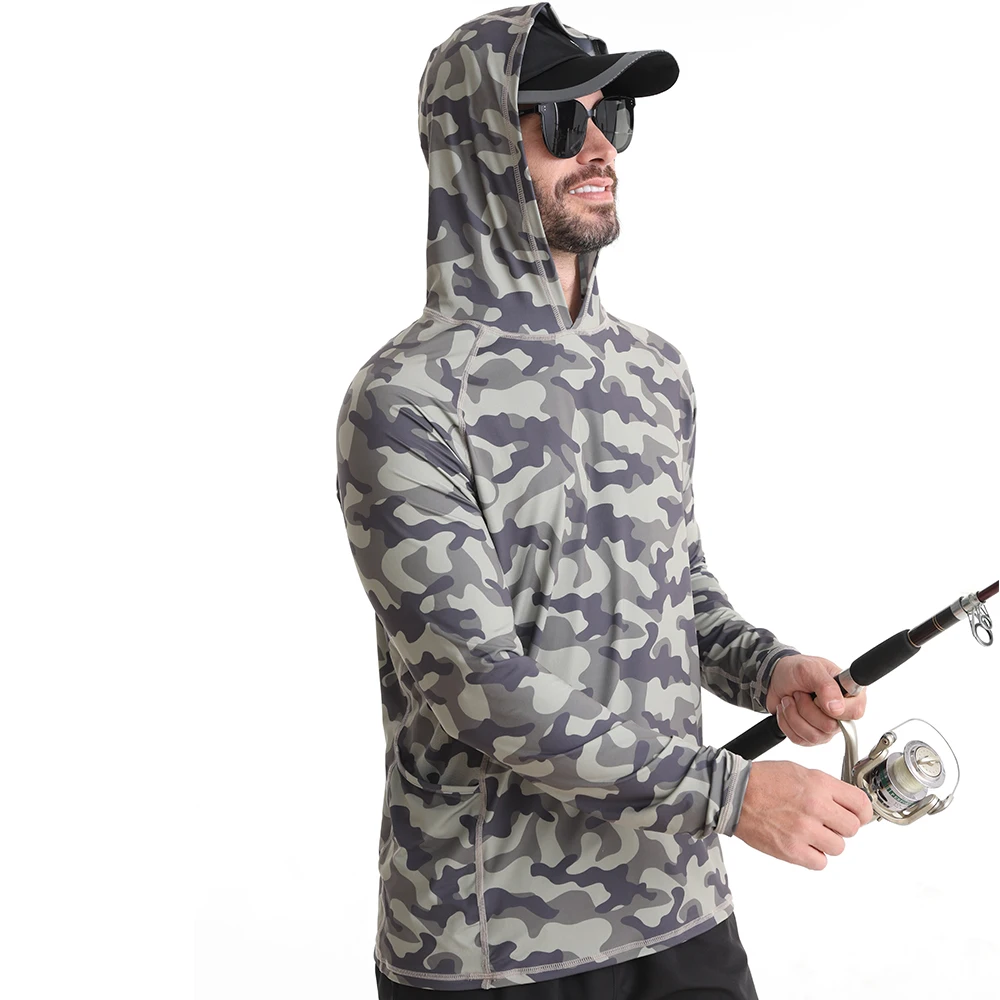about
PRODUCTS
1."5 Essential Features of High-Quality Yoga Pants"
1. Superior Fabric Blend and Construction
The foundation of any great yoga pant lies in its fabric. High-quality options often feature a blend of materials carefully selected for their performance characteristics. Look for fabrics with a high percentage of stretchy fibers like spandex or elastane, typically ranging from 10-25%, to ensure a comfortable and unrestricted range of motion. These fibers provide the necessary flexibility to accommodate diverse yoga poses, from deep forward folds to challenging inversions.
However, spandex alone doesn't tell the whole story. The base fabric is equally important. Popular choices include nylon, polyester, and even Tencel (a sustainable option made from wood pulp). Nylon offers excellent durability and moisture-wicking properties, helping to keep you cool and dry during intense practices. Polyester is known for its strength and wrinkle resistance. Tencel, on the other hand, provides a softer, more luxurious feel and exceptional breathability.
Beyond the fiber composition, consider the construction of the garment itself. Look for flatlock seams, which minimize chafing and irritation during movement. Reinforced stitching in high-stress areas, such as the inseam and waistband, adds longevity to the pants, preventing premature wear and tear. A well-constructed pant will hold its shape and maintain its integrity throughout countless washes and wears.
2. Optimal Level of Compression and Support
The level of compression offered by yoga pants varies significantly, and the ideal amount depends on personal preference and the type of yoga practiced. Some yogis prefer a lightweight, barely-there feel, while others appreciate the added support and muscle definition provided by higher compression. High-quality yoga pants offer a range of compression options, from gentle to firm, allowing for a personalized fit.
Compression isn't just about aesthetics; it plays a crucial role in performance and recovery. The right amount of compression can improve blood flow, reducing muscle soreness and fatigue. It also provides a supportive, secure feeling, enhancing stability and confidence during challenging poses. However, excessively tight compression can restrict blood flow and movement, so finding the right balance is key.
Furthermore, look for strategic paneling or gussets in high-impact areas like the crotch and knees. These details can prevent unwanted sheerness and provide extra support during strenuous activities, such as vinyasas or advanced inversions. Consider the intended use of the pants – a lighter compression might suit restorative yoga, while firmer compression is better suited for power yoga or hot yoga.
3. Moisture-Wicking and Breathability
Yoga often involves physical exertion, leading to increased perspiration. High-quality yoga pants incorporate moisture-wicking technology to draw sweat away from the skin, preventing discomfort and keeping you feeling dry and cool. This feature is particularly important during hot yoga or strenuous practices. Fabric technologies like Dri-FIT or similar performance fabrics are designed to facilitate rapid evaporation, preventing the build-up of moisture that can lead to chafing or overheating.
Breathability works hand-in-hand with moisture-wicking. A breathable fabric allows air to circulate freely, promoting ventilation and preventing the feeling of being trapped in a damp, clammy garment. Look for fabrics with an open weave or a structure that encourages airflow. This is especially important during warmer weather or high-intensity practices.
The breathability and moisture-wicking capabilities of the fabric are not solely determined by the fiber type. The garment's construction also plays a significant role. Loose-fitting styles generally offer better breathability than tight-fitting styles. However, even tight-fitting pants can be breathable if the fabric itself is designed for airflow. Reading product descriptions carefully and checking reviews can help gauge the actual breathability of a given pair of yoga pants.
4. Durability and Longevity
Investing in high-quality yoga pants is an investment in longevity. A well-made pair should withstand repeated washes and wear, maintaining its shape, color, and performance characteristics over time. Look for durable fabrics that are resistant to pilling, fading, and stretching out. Quality stitching and reinforced seams contribute significantly to a pant's overall durability.
Before purchasing, consider the care instructions. Easy-care fabrics that can be machine washed and dried are generally more convenient, but always check the care label to avoid damaging the garment. High-quality yoga pants will often withstand regular machine washing and drying without significant shrinkage or loss of quality.
Reading reviews from other customers can provide valuable insight into a pant's durability. Look for comments about how well the pants have held up after multiple washes and extended use. This information can help you assess the long-term value of your potential purchase and avoid investing in pants that may wear out quickly.
5. Comfortable and Flattering Fit
Finally, the fit of your yoga pants is paramount. They should feel comfortable against your skin, offering a flattering silhouette without feeling restrictive. The waistband should be supportive but not constricting, allowing for a comfortable range of movement. High-quality yoga pants often feature a high-waisted design, which provides additional support and coverage during various poses.
The leg length and overall fit should accommodate your body type and preferences. Some prefer a cropped length, while others prefer full-length pants. Consider the type of yoga you practice when choosing the length – cropped pants might be ideal for hot yoga, while full-length pants offer more coverage and warmth for other styles. Look for pants that offer a good balance of comfort and support, allowing you to move freely and confidently throughout your practice.
Ultimately, the "perfect" fit is subjective. Try on different styles and brands to find what works best for your body shape and personal preferences. Pay attention to details like the waistband height, leg length, and overall feel of the fabric against your skin. Don't hesitate to try them on and move around in them to assess their comfort and mobility during various poses.
SUBSCRIBE
INQUIRY





